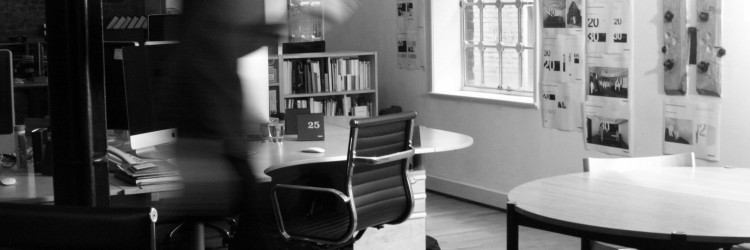
Agencies such as Deloitte spend thousands on research informing us how organisations get a return of £4 for every £1 spent on implementing well-being measures, how companies employing in excess of 250 people lose approximately £250,000/year due to issues relating to wellness and well-being.
The priorities in choosing where to work in the creative industry is changing significantly especially amongst millennials. When I first started in the design industry, the quality of the work and experience gained were the key driving force. I knew of people who worked in so called sweat shop environments, in many instances from 8am to 10pm at night, getting great work in their portfolio but burning out after 2 years and moving on.
I’m certainly not advocating this as a business model and in hindsight it now does seem to have been a practice that was accepted at the time as a means to an end to develop your career. It’s interesting how some of the determining factors for today’s younger generation in choosing a future employee are ‘what measures have been taken to promote general well-being and happiness in the workplace’ as well as creativity, opportunity and career progression. More often than not we are seeing yoga classes, flexible working hours, etc, appearing on recruitment ads to attract potential employees. Even our MD has caught the bug and clears out our meeting room on a Friday lunchtime for a yoga session for those that want to partake.
As with most working practices that are intended to have a positive impact on staff and the working environment, they have to be implemented from the top down, where senior figures are ‘practicing what they preach’. Otherwise if they’re not, similar to other methodologies such as values and behaviours, they can come across as hollow gestures with no real substance.
It can be easy for larger agencies to lose sight of staff moral and behaviours in the general day to day running of the studio especially when the studio is busy. With smaller studios it’s more noticeable if an individual’s moral is low or there are mental health issues as it’s a more intimate environment and it becomes self evident. Ironically it’s the simplest of gestures that can have an instant positive impact on employees and how they feel about where they work. A simple, ‘how are you?’, ‘do you need any help?’, ‘what did you get up to at the weekend?’ can contribute small but important measures towards creating a team ethic and making people feel valued, appreciated and heard, which are the key issues.
At its heart, the idea that ‘this is the job, like it or lump it’, is a thing of the past. Work is where most people will spend most of their life, so the idea of making it more humane, friendly and enjoyable, characteristics we traditionally associate with home, make sense.
Interestingly, not everyone sees the positive of meditation, as this Guardian writer believes.